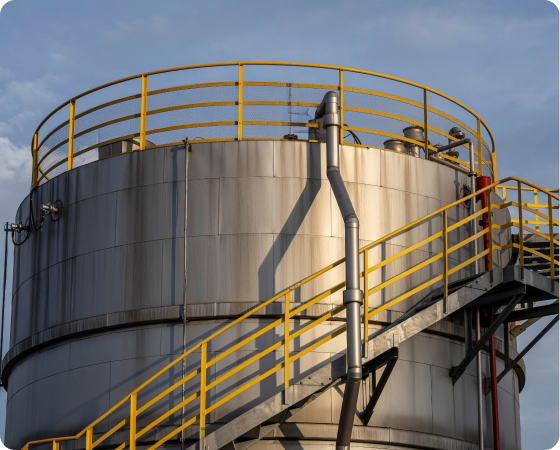Fire Protection Engineering & Design
Sprinkler Design
Fire protection focuses on preventing, mitigating, and controlling the effects of fire on people, property, and the environment which can be accomplished through the utilization of fire suppression systems. Fire suppression systems are an essential component of any building’s fire protection strategy as they are designed to contain and extinguish fires before they spread, minimizing property damage, and saving lives. The design of a fire sprinkler system must consider various factors such as the building type, use, occupancy, and fire load. The sprinkler design must also comply with applicable codes and industry standards.
FRA provides code-compliant fire protection designs that minimize the risk of fire and protect against potential damage or loss. FRA has design experience for all types of suppression systems (wet systems, dry systems, pre-action systems, etc.) along with the ability to provide solutions for all types of client’s unique fire protection needs.
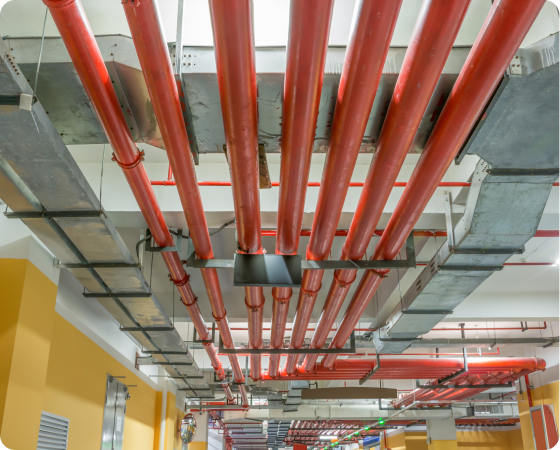
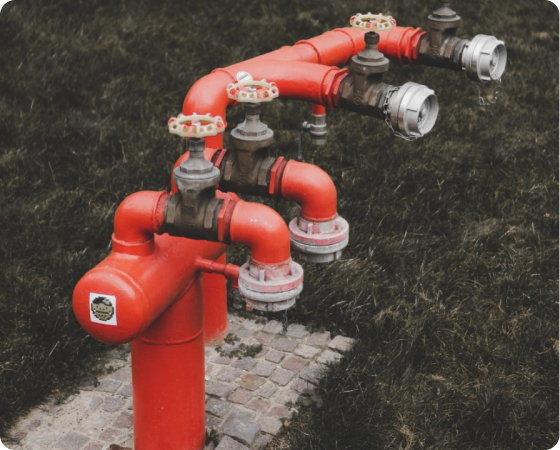
Firewater System Design Services
Site Water Supply Reliability
Establishing a reliable water source is crucial in the creation of a functional firewater system. FRA has extensive experience in analyzing municipal water supplies, ponds/rivers, or dedicated firewater storage tanks for firewater usage. Our knowledge of national codes and industry requirements helps us to understand the importance of considering jurisdictional requirements for the hazards and the requirements of emergency response personnel and operations when determining the viability of a water supply. Our engineers are equipped with a variety of hydraulic software tools such as HydraCalc and Pipenet that allow us to determine the adequacy of the water supply based on the bounding fireflow condition. These hydraulic analyses allow us to determine the applications that necessitate the use of a fire pump. We are versed in engaging in collaboration efforts with fire pump vendors to specify the size and type of fire pump suitable for the site.
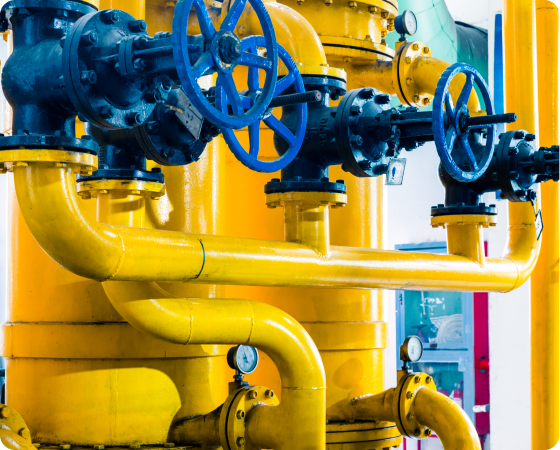
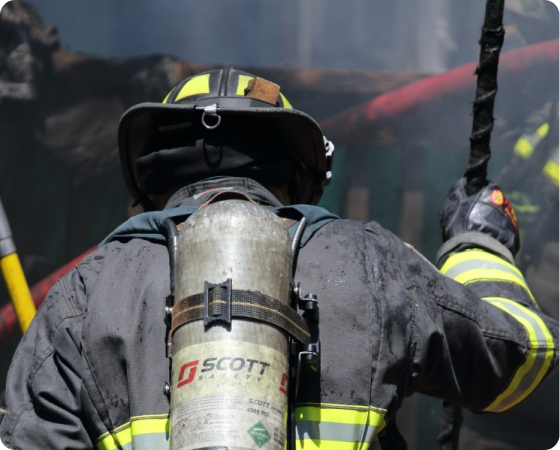
Fire Risk Assessment
Fire Alarm Design
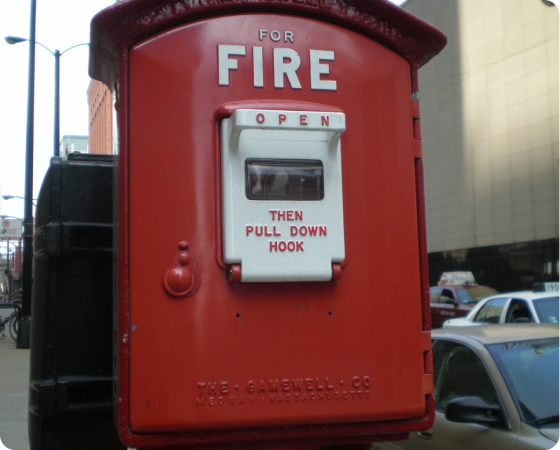
Special Hazard Systems
Special hazard fire suppression systems protect a diverse range of unique hazards and challenges that cannot be suitably protected by a conventional automatic sprinkler system. Special hazard fire protection systems include a wide array of fire suppression systems, fire detection systems, and control systems that are unique to specific facilities and processes. The design objectives of a special hazard fire suppression are tailored to the individual client and hazard through a comprehensive approach that considers the protection of assets, preservation of life safety, continuity of business processes, and protection of the environment.
Various legislative bodies have been examining or have begun to phase out of Per- and Polyfluorinated Substances (PFAS) contained in firefighting foam products due to environmental, health, and safety considerations. Although various PFAS-free foam products are available, it is important to understand that they are not a drop-in replacement. An engineering evaluation must be conducted due to the difference in firefighting and hydraulic performance of PFAS-free firefighting foam products.
